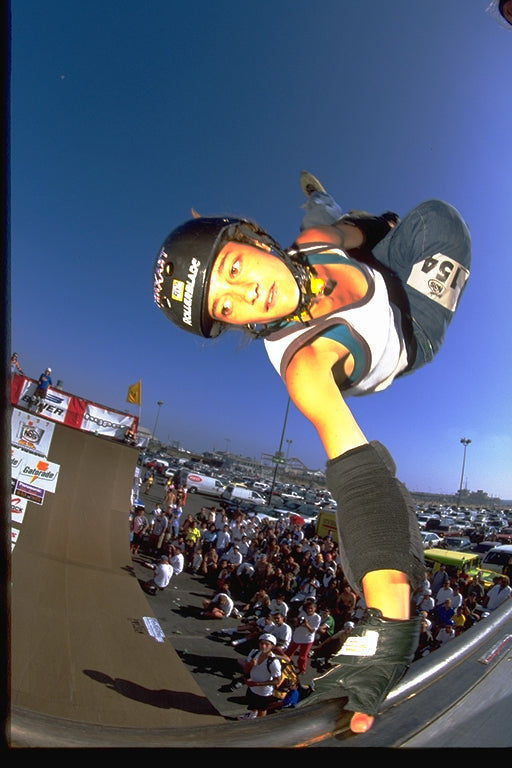Freestyle inline skating, with its dynamic tricks and exhilarating style, captivates many sports enthusiasts around the world. Despite its growing popularity and vibrant community, it remains absent from the Olympic Games. This blog post delves into the reasons behind this oversight, examining factors such as organizational structure, safety concerns, competition standards, cultural perception, and the evolving landscape of sports in the Olympics.
1. Organizational Challenges
One of the primary barriers to freestyle inline skating's Olympic inclusion is the lack of a unified governing body. Unlike sports with established federations, freestyle skating is fragmented, with various organizations focusing on different styles and disciplines. This disunity complicates the establishment of standardized rules and competition formats, making it challenging for the International Olympic Committee (IOC) to recognize the sport. Without a cohesive representation and a singular voice, the chances of achieving Olympic status diminish significantly.
2. Safety and Regulation Concerns
Freestyle inline skating is inherently risky, involving complex tricks that can lead to serious injuries. The IOC places a high priority on athlete safety, often scrutinizing sports for their risk factors. While many extreme sports have made their Olympic debut, they typically have stringent safety regulations and protocols in place. Freestyle inline skating would need to demonstrate effective safety measures and injury prevention strategies to satisfy Olympic standards, which could be a daunting task given the sport's nature.
3. Competition Format and Structure
Another significant hurdle is the need for a consistent and widely accepted competition format. The IOC favors sports that can easily translate to international competitions, ensuring a level playing field. While freestyle skating features various styles—such as street, vert, and park—creating a cohesive competition structure that highlights the best of each style can be challenging. Moreover, the scoring systems used in freestyle events can vary widely, complicating the establishment of universally accepted judging criteria that the IOC would require.
4. Cultural Perception and Recognition
Freestyle inline skating has often been viewed as a niche or alternative sport, primarily associated with youth culture and subcultures. This perception can hinder its acceptance within the traditional realm of sports that the Olympics represent. Many Olympic sports have deep-rooted histories and established global followings, which freestyle skating lacks. Changing this cultural narrative requires significant effort in advocacy and visibility, something that could take time and strategic planning to achieve.
5. The Evolving Landscape of Sports
As the Olympics continue to evolve, incorporating new sports to engage younger audiences, there is potential for freestyle inline skating to eventually find its place on this grand stage. The successful inclusion of sports like skateboarding and surfing illustrates a shift towards recognizing more dynamic, youth-centric activities. For freestyle inline skating to follow suit, it will need to build a strong community presence, advocate for organization and regulation, and foster a cultural shift that highlights its athleticism and artistry. With persistence and strategic effort, the dream of seeing freestyle inline skating in the Olympics could become a reality, showcasing the talent and creativity of skaters worldwide.

